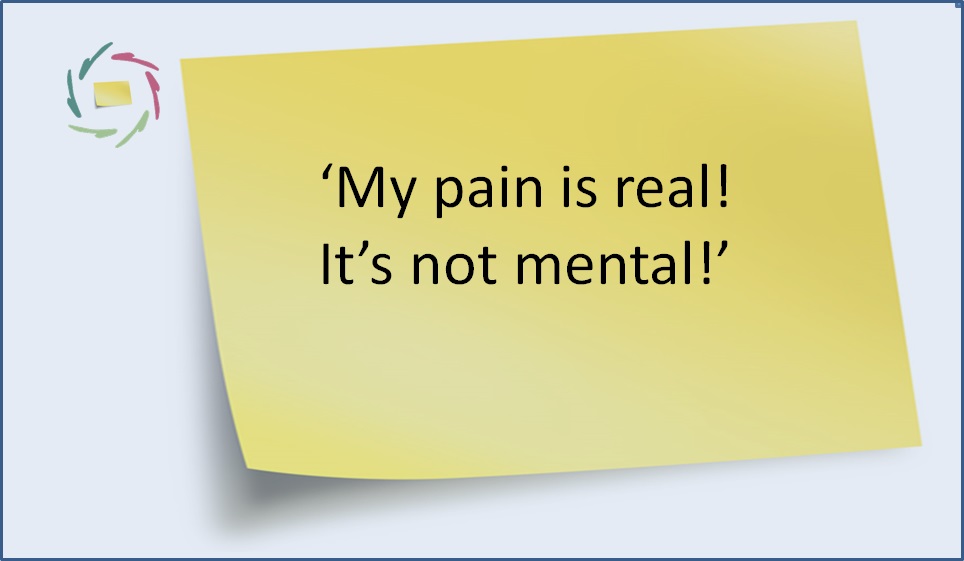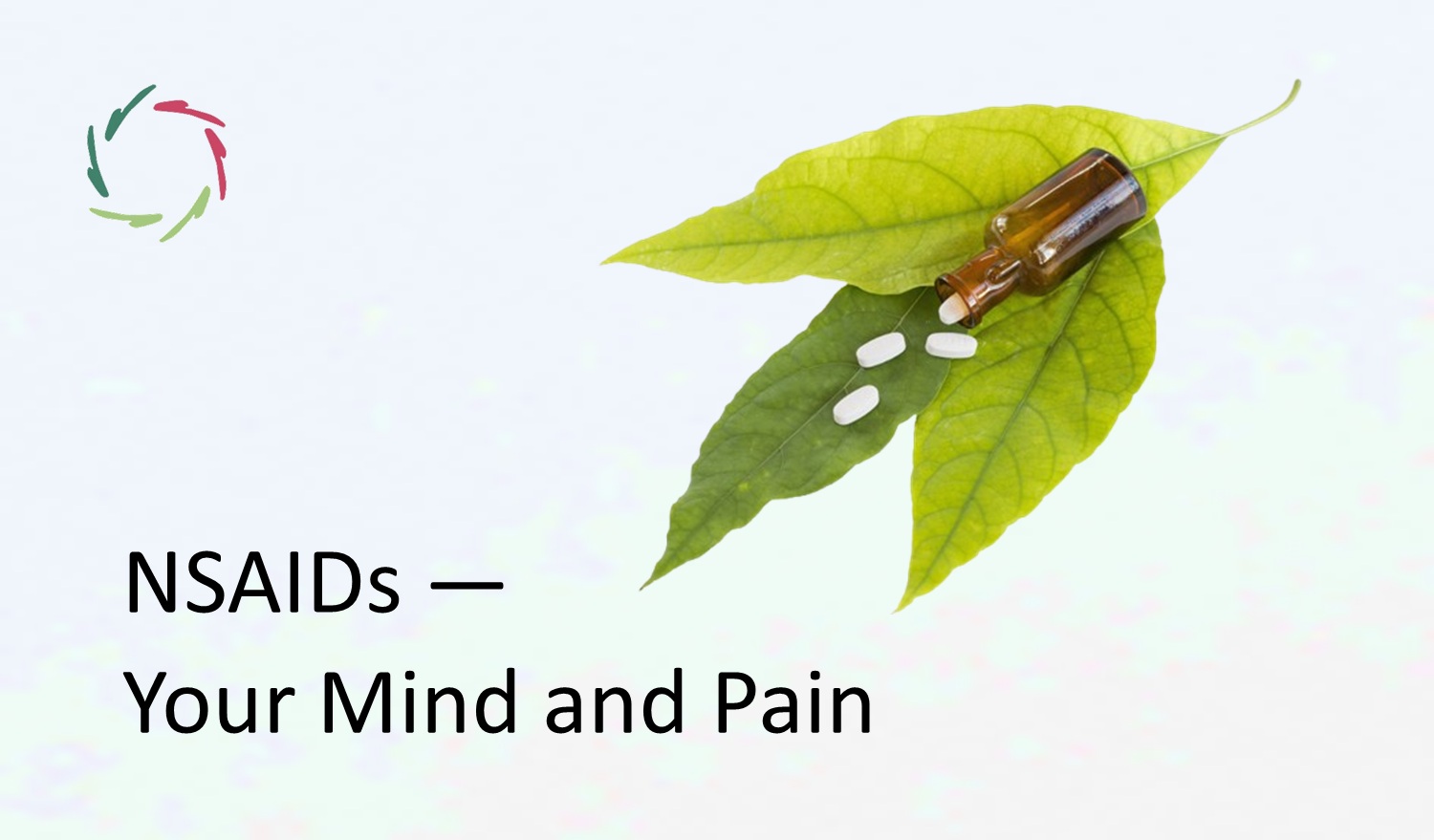Chronic Pain – Read&Do

This is the foreword to my book ‘Chronic Pain Relief’ that you can find on Amazon (see menu).
Economically costly
On top of the human suffering, and despite modern painkilling medications and procedures, chronic pain is hugely costly to patients and society. The individual cost is unfathomable. Estimated economic costs are in the many billions in the US and Europe. The cost is not only in what is evident. Beneath the pain, much human suffering is present that should be addressed more openly. Since this is not done, much human potential lies wasted. This is an additional cost in the fact that what could have been attained is not. We have no idea what this amounts to in money and other assets.
Then there is the economic cost of those who need to care for husband or wife in chronic pain, sacrificing themselves, even going bankrupt in many cases. There is the cost of people losing their job and henceforth not being productive anymore. Many hidden costs hardly reach statistics.
Pain and brain towards the mind
Functional pain syndromes show that the cause of chronic pain frequently lies in the brain. Many influences from the mind play a part in this. This is also the case when the pain has or appears to have a physical cause that can be delineated. Even so, the mind modulates the pain, makes it chronic or intermittent, orients attention to the pain, and puts the pain and pain expectation into a self-enhancing pattern.
Even so, chronic pain may also be interesting to the sufferer. For a pain patient, it’s essential to know where his pain comes from in the sense that this enables him to understand himself better. The pain is a curse with a positive side, after all. It can bring one closer to oneself. Of course, this cannot be achieved through the use of medication. It needs the right support. AURELIS is an attempt to provide this as much as possible. This Read&Do is an important element.
Chronic pain in medicine of war
In a ‘medicine of war,’ the natural stance is one of aggressively fighting the enemy, in this case: fighting the pain. Is this efficient? One may imagine that if there is a fight against an enemy, there is an enemy who fights back. That is the case in almost any circumstance. Note that Western medicine has grown within a culture of war. Any disease is seen as an enemy. There wouldn’t also be not so much of a problem if there wouldn’t be any enemy. There would not be a fighting back. The problem is: there is an enemy, but it’s the patient himself in non-conscious mental processing. That is, the chronic pain is so much intermingled with the patient that one cannot fight the former without fighting the latter. The latter is no enemy from the start on but is made so through the fighting. Moreover, in full combat, it’s a mighty one. So, as a chronic pain patient, one is driven to fight oneself. Who’s the winner?
With many pain patients, unfortunately, there is much fighting going on. This probably also has an effect on society at large. Aggression to inside translates into aggression to outside, adding to the amount of aggression in a whole culture. This may show itself in many guises: discrimination, racism, intramarital aggression, even war. Healthcare is not present in a vacuum, nor a silo devoid from influences back and forth from other domains of society. Unfortunately, physicians are not trained to look at it this way. In my day and age as a medical student, we didn’t receive a single course in this direction in seven years. Thus, one gets the impression as a doctor that one just has to treat the individual, or even just the organ of one’s specialty, by attacking the diseases that pertain to this organ. There is nothing of a broad view involved, no insight into the connectedness of chronic aggression inside a patient and the aggression that lives in a whole society. However, with an open mind, this becomes more and more visible, straightforward even.
Generally, when going more in-depth, one can see that human affairs are more closely interconnected than with a view strictly from the outside. Going deeper, one sees that boundaries are artificial. Everything flows in one interconnectedness. This doesn’t mean that a tree becomes a cat or a cat becomes a cheese in the air. The interconnectedness plays at the level of the mind, associations within one person, and is interpersonal. There is no magic involved. It all agrees with the laws of physics. Yet it is as profoundly meaningful as it is invisible.
Chronic pain in medicine of peace
A ‘medicine of peace’ (AURELIS, in a way, without being ‘medicine’ in the usual sense) treats pain not as the enemy, but as a misguided friend. One needs to listen to a friend. Together, you are stronger to evolve towards a better future for yourself and others, including society. This is a responsibility for each of us. If this responsibility is taken by many, the level of aggression within a community will naturally diminish. In my view, this is the only way that we can sustainably flow towards a better world in general.
The responsibility to act is individual. The responsibility to support individuals in doing so is a societal one. We are all naturally growing organisms. Then there are those who care for them, who give them what they need to grow and thrive. Again, the growth itself is done by the individual. You cannot make a plant grow. The growth itself is done by the plant. But you can support it. Thus, in chronic pain too, responsibility is shared. And that’s a good thing!
Responsibility
The feeling of guilt is a significant cause of chronic pain. Responsibility has the opposite effect. Thus, one may also feel responsible for doing one’s best to not unnecessarily depend on societal expenditures for pain relief. It’s better to give one’s money to the very poor than to an unnecessary or even counterproductive fight against one’s pain. What would you prefer: giving your cash to painkillers within an ebb and flow of pain or – without pain – giving it to those in need?
In short, having tools available to work on one’s pain also brings the responsibility to do so. A future medicine of peace will thus also be much more a medicine of responsibility, devoid of guilt. There is no fighting against the enemy, no fighting against oneself. The responsibility is to see the pain as communication and to enter into a right dialogue with it.


